How To Build A Train Station
.png)
The United Kingdom is currently going through a period of extensive rail modernisation. A new high-speed rail system will bring Britain’s largest cities closer together and huge lengths of existing tracks are being electrified.
Along with improvements to tracks, new stations are being built around the country. In light of all these new stations, we've put together a simple guide of how to build a train station.
1. Prepare the ground
Before every train station was built, there was first a barren piece of land that needed to be tamed. Work begins with the uneven ground being brought to the correct level, either through excavation or covering depending on whether the ground is too high or too low. The ground then undergoes compression to prevent future soil movements and the resulting disturbance to the track.
Once the ground has been prepared for the track a layer of gravel (referred to as ballast) is laid on top of the foundation. This is then levelled out and stabilised in preparation for sleepers to be placed on top.
2. Put down the track
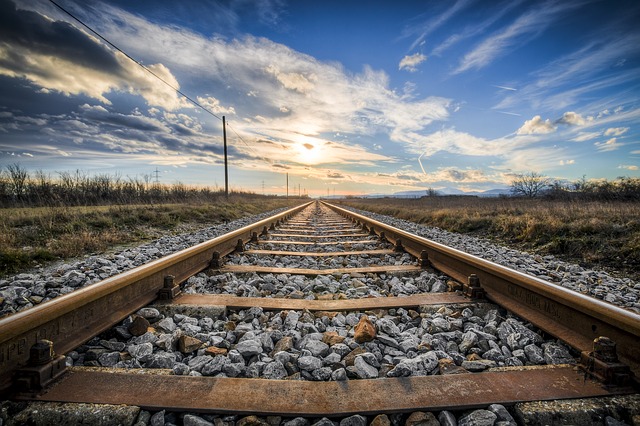
After the ground has been prepared and the ballast laid, concrete or wooden sleepers are spaced at regular intervals along the path of the railway line. These act as the ‘crossbars’ that will hold the rails in position.
The rails are then attached and welded together. Sometimes gaps are left between rails to prevent buckling when the rails expand in hot weather.
Further ballast is then laid around the sleepers to stabilise the track.
3. Lay down electrical cabling
Electricity is vital to modern railway stations. At the beginning of the railway industry, an army of train conductors and signalling men were needed to ensure the smooth running of services. This has now evolved into a complicated digital network, with electronic public announcement systems, lighting, signalling equipment, and CCTV. In order to supply this diverse range of equipment with electricity, extensive underground cabling needs to be laid. Railways typically use 240V & 415 and 650V (signalling) power supplies. These are marked with warning labels such as those below.
Danger 240 volts
Danger 240 volts label. Part of our electrical hazard warning label range. Self adhesive vinyl, with clear laminated surface. Rub test compliant, waterproof, chemical and scratch resistant. Supplied in packs of 10.
Price From: £7.68 (inc VAT)
(£6.40 ex VAT)
Danger 415 volts
Danger 415 volts label. Part of our electrical hazard warning label range. Self adhesive vinyl, with clear laminated surface. Rub test compliant, waterproof, chemical and scratch resistant. Supplied in packs of 10.
Price From: £7.68 (inc VAT)
(£6.40 ex VAT)
Danger 650 volts
Danger 650 volts label. Part of our electrical hazard warning label range. Self adhesive vinyl, with clear laminated surface. Rub test compliant, waterproof, chemical and scratch resistant. Supplied in packs of 10.
As all this electricity introduces the chance for electric shock, all electrical equipment should be clearly marked with appropriate signs and labelling. View our range of electrical labels, tags, and signs.
4. Platform
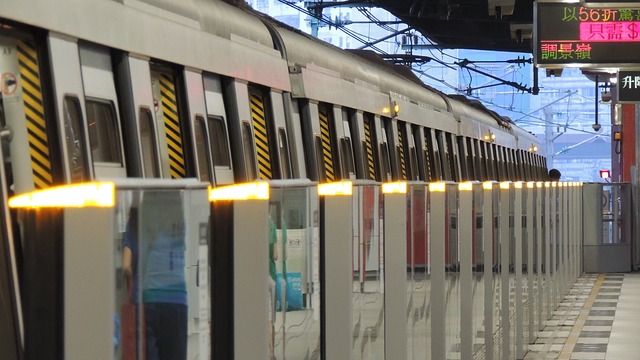
As few people like to board trains using stepladders, the next stage is to lay down the platform.
Platform construction increasingly involves modular systems, in which prefabricated interlocking portions can be quickly laid and joined. Staircases and bridges are also constructed during this stage. These linking different platforms to each other, and allow public access.
5. Signalling
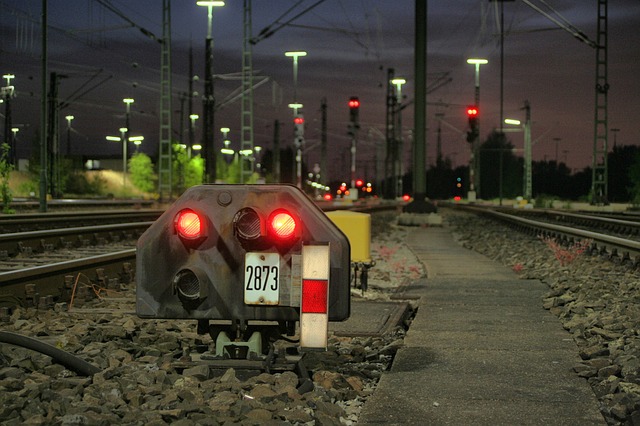
Without signalling, railways would be no more coordinated than a toddler playing with Hot Wheels. To prevent Hot-Wheels-like devastation, train drivers receive instructions from traffic lights, alerting them to trains ahead and hazards on the track. Alongside the installation of signalling equipment, switching equipment is installed to allow the trains to be guided onto the correct tracks.
6. Lighting
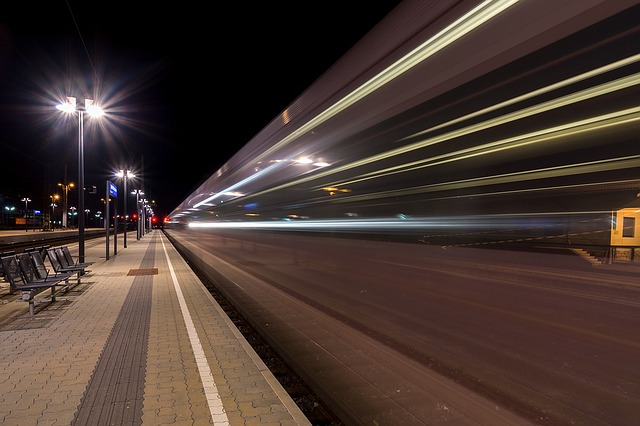
No railway station would be complete without adequate lighting. Many platforms are located underground and would be pitch-black without extensive lighting installation. Trains also operate late into the night, and passengers may feel unsafe waiting on the platform if there is not sufficient light to see their surroundings.
7. Telecoms
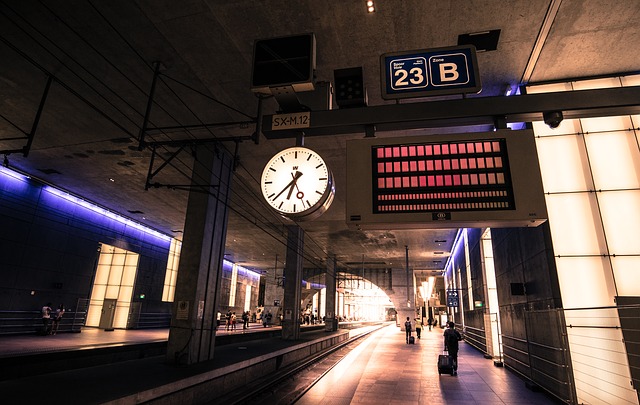
Once the platform has been constructed and the electrical cabling laid, telecommunications equipment such as the digital timetables, CCTV, and public address systems are installed. Public Address Systems ensure that passengers are aware of train times, platform changes or any delays.
CCTV is a very effective deterrent against crime. Not only does it reduce the likelihood of break-ins and theft, but also reduces ant-social behaviour as people know they are being monitored. It also prevents antisocial behaviour; as the knowledge that they are being recorded may lead to them reconsider their actions.